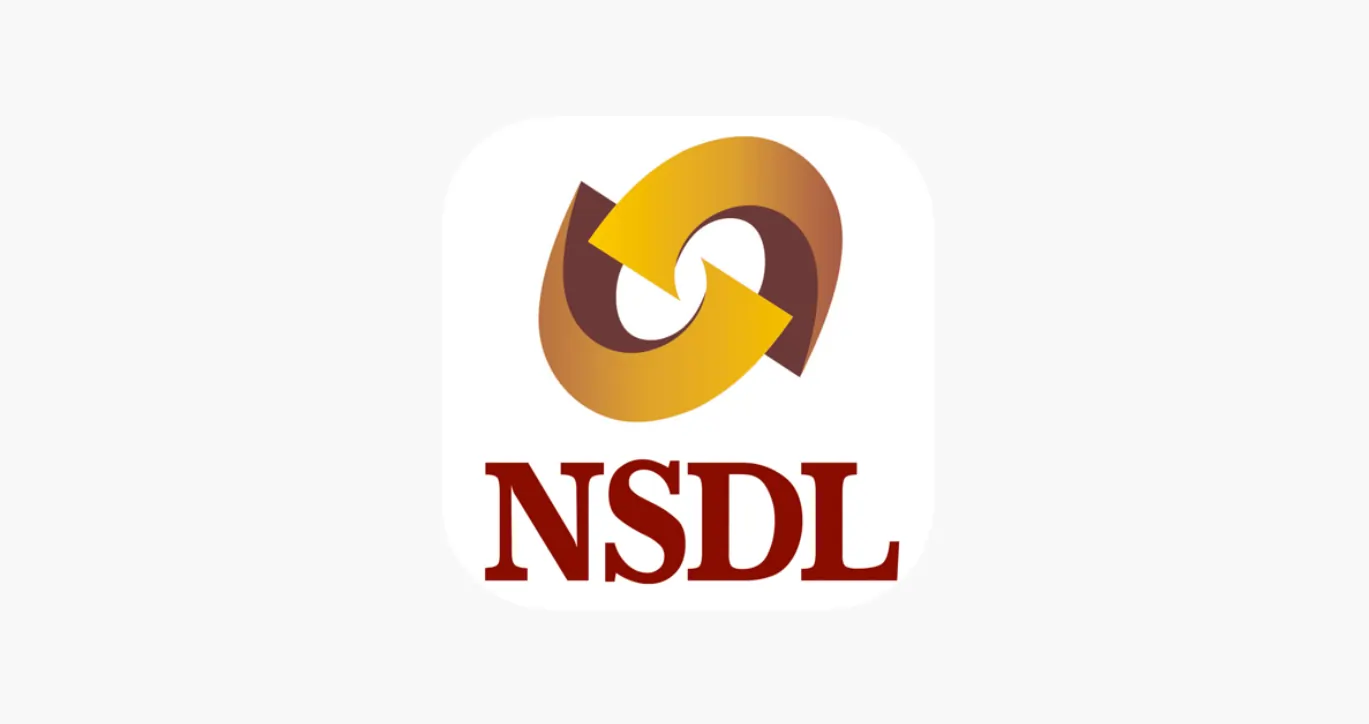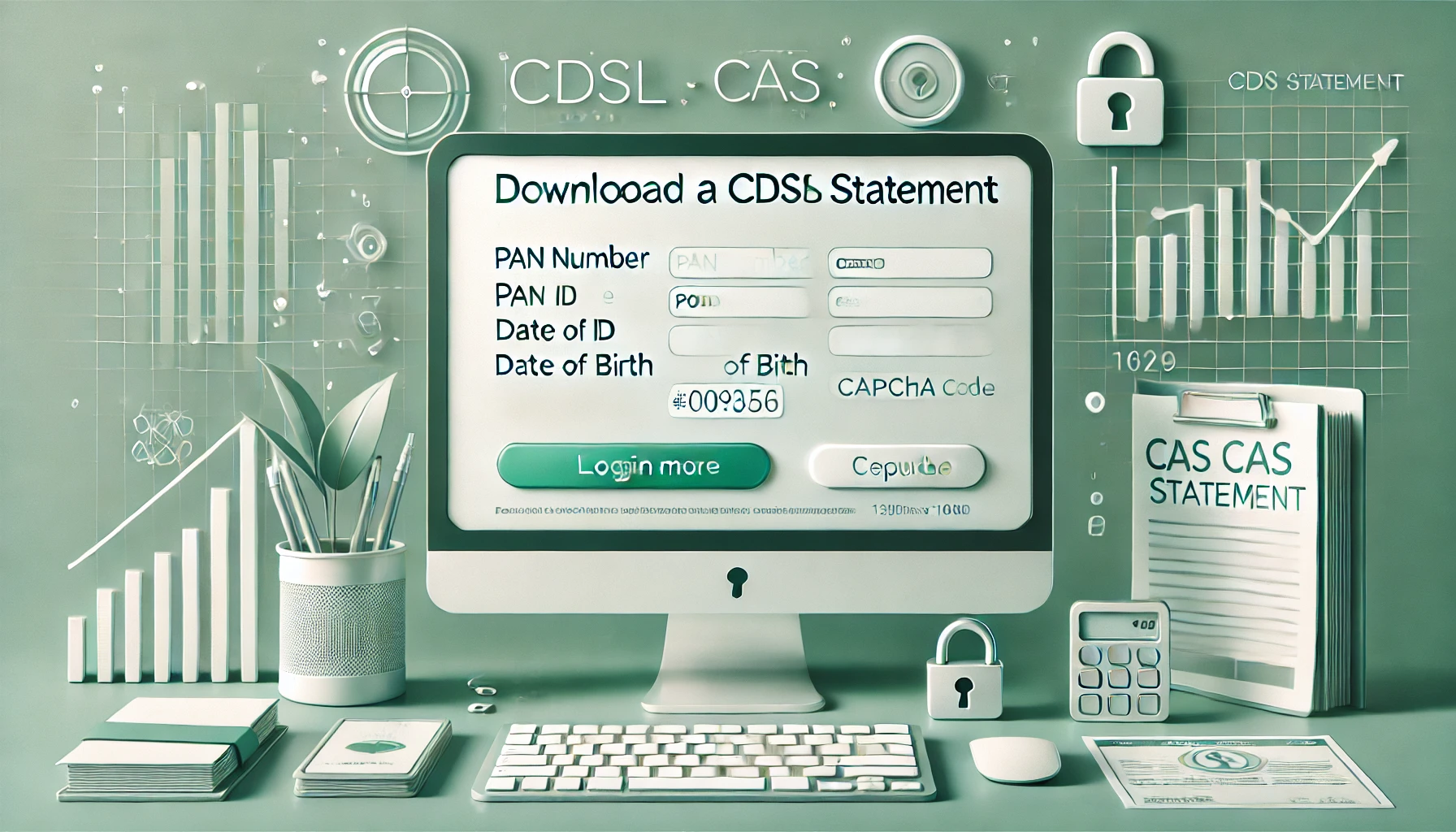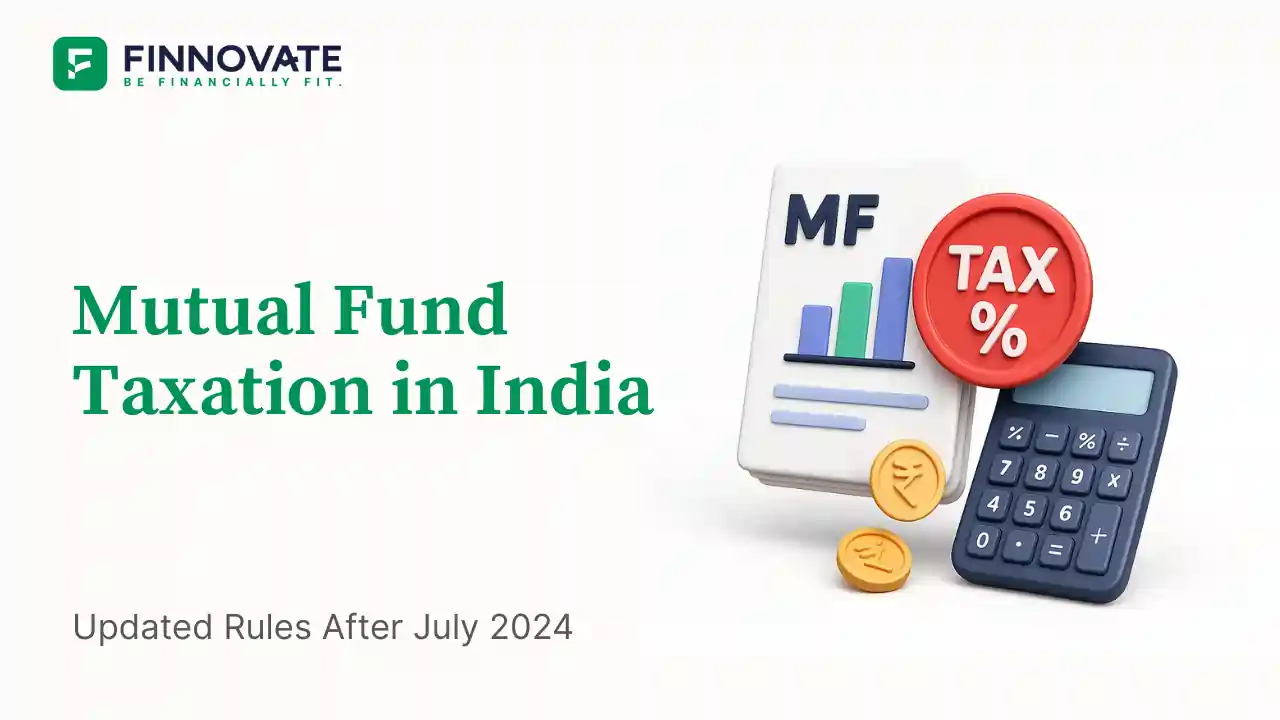Share Buybacks in India 2025: How New Tax Rules Are Hurting Investors

By

When Infosys announced a massive share buyback, investors expected another round of value unlocking. But there’s a twist - the plan is reportedly stuck with the US-SEC because of procedural delays, and even if it clears, buybacks in India are losing their shine fast.
The reason? Taxation.
Since October 2024, India’s new buyback tax structure has quietly made one of the most shareholder-friendly actions almost irrelevant.
Until recently, share buybacks were a corporate favorite. They allowed companies with excess cash to reward shareholders by purchasing their own shares, reducing equity base and improving per-share metrics.
But 2025 tells a different story.
As of end-October, India has seen buyback deals worth just ₹916 crore - down a staggering 95% from the same period last year.
That’s not a blip. It’s a message.
The sharp fall coincides with the new buyback taxation regime introduced in October 2024. Infosys’s own promoters chose not to participate, calling it “unfavorable”.
So, what changed?
Before October 2024, buybacks were tax-neutral for investors. If a company repurchased your shares, you received the payout tax-free much like how dividends were once handled under the old Dividend Distribution Tax (DDT) system.
The company paid the tax, not the investor.
This made sense because it was simple and predictable. But the Finance Ministry wasn’t entirely happy - they argued that it was unfair to shareholders who didn’t participate in the buyback since the tax burden was shared indirectly.
So, the government decided to change the rules.
Starting October 2024, buyback income is no longer tax-free for investors.
Here’s how it works now:
That’s where the problem lies.
You pay tax upfront as if it’s income but your cost-based deduction (the loss) can only be claimed later, and only against future capital gains.
So, while your money goes out today, your tax relief (if any) comes much later - if you’re lucky enough to have gains to offset.
This timing mismatch is making investors, especially high-tax individuals, completely uninterested in buybacks.
The new rules tried to make things fairer. Instead, they’ve made the process inefficient, complex, and unattractive for both sides.
Infosys may be one example but look beyond it, and you’ll see that corporate India has largely stepped away from buybacks altogether.
There’s still a middle path.
A more logical approach would be to treat buybacks like capital gains, not like dividends. That means - if an investor holds the shares for more than a year, the buyback proceeds should be taxed at the concessional 12.5% long-term capital gains rate.
This way:
In short, it brings logic back into the equation.
Buybacks are more than just a payout mechanism - they reflect confidence. When companies buy back shares, it signals belief in their business value and commitment to shareholders.
Killing that with unclear or punitive tax rules sends the wrong message at a time when Indian equity participation is at record highs.
Revisiting this structure could revive corporate confidence and re-align taxation with economic sense.
When taxation tries to fix one imbalance, it often creates another. India’s buyback tax reform aimed for fairness but ended up discouraging the very behavior it wanted to regulate.
Sometimes, good policy needs one more draft.
Disclaimer: This article is for informational and educational purposes only. It should not be treated as investment, tax, or financial advice.
Finnovate is a SEBI-registered financial planning firm that helps professionals bring structure and purpose to their money. Over 3,500+ families have trusted our disciplined process to plan their goals - safely, surely, and swiftly.
Our team constantly tracks market trends, policy changes, and investment opportunities like the ones featured in this Weekly Capsule - to help you make informed, confident financial decisions.
Learn more about our approach and how we work with you:

Learn how to easily download your NSDL CAS Statement in PDF format with our step-by-step guide. Follow our instructions to log in to NSDL e-Services, download your account statement, and subscribe for
Read Full
Explore what Specialised Investment Funds (SIFs) are, their benefits, taxation, minimum investment, how to invest, how they compare with mutual funds and PMS and latest developments in SIF space
Read Full
Learn How to Download Your CDSL CAS Statement with our step-by-step guide. Easy instructions for accessing your investment details online.
Read Full
Analyzing the potential economic impact of the 2025 India-Pakistan conflict on India's GDP growth, manufacturing sector, and foreign investment.
Read Full
Determine if your Demat Depositary (DP) is NSDL or CDSL easily. Follow our guide to check using broking platforms or Demat account number formats
Read Full
Looking for the best financial freedom books? Here’s a handpicked 2025 reading list with summaries, why to read, and who it's best for.
Read Full
RBI cuts repo rate by 50 bps and CRR by 100 bps in June 2025 to boost growth. Learn how it impacts inflation, borrowing, sectors, and market trends.
Read Full
Clear guide to mutual fund taxation in India for FY 2025–26 after July 2024 changes: equity STCG 20%, LTCG 12.5% with ₹1.25L exemption, debt/hybrid rules, dividends, examples, tables, and FAQs.
Read Full